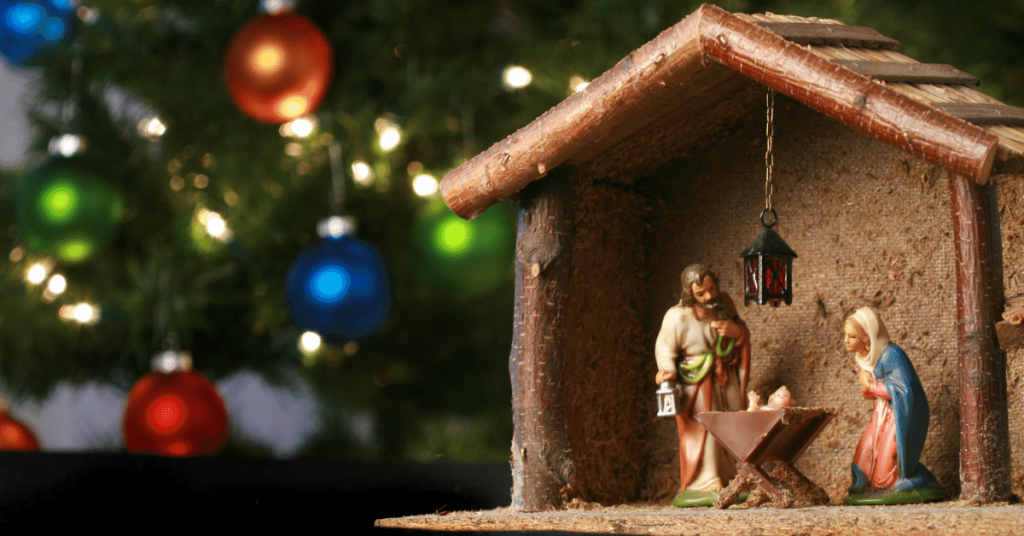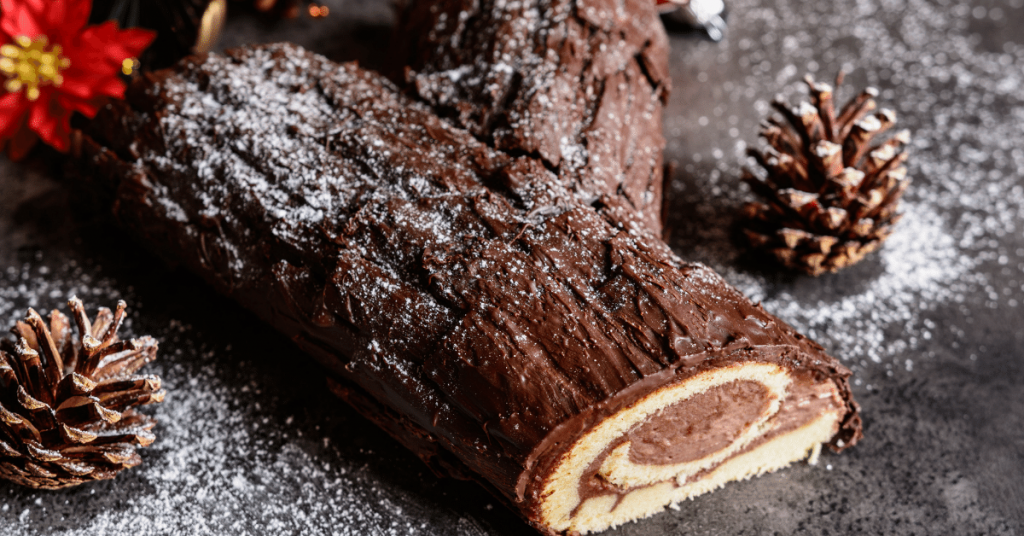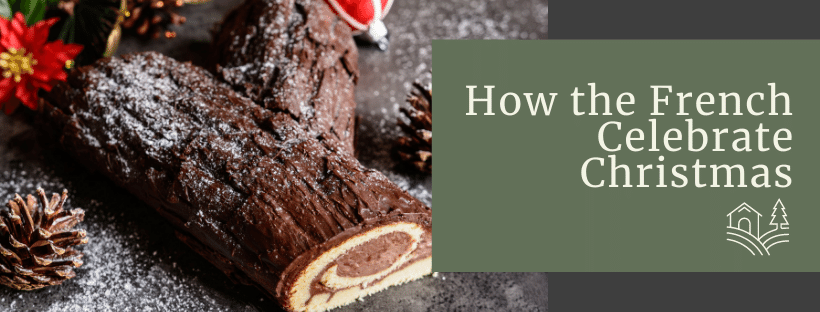How the French celebrate Christmas includes letters to Santa, presents at the beginning of December and a huge meal on Christmas Eve.
Letters to Santa
Writing to Santa is tradition across the world, but in France he writes back! Since a law was passed in 1962 stating that children who write to Père Noël must receive a response by way of a postcard, countless children have had a response from the postal centre in Libourne, Gironde on behalf of the big man!

Decorating the House
French house decorations tend to be more about quality rather than quantity and decorations are often sourced from Marchés de Noël. You will normally find a Christmas tree, often sold by schools as part of their fundraising and a nativity scene that will be displayed until the 2nd February. There is also a tradition of bringing yule logs made from cherry wood into the home on Christmas Eve. To give the tradition a truly French twist, the log is sprinkled with red wine so that it will have an aromatic smell when it burns. In a humble gesture to honour the beginning of Christmas, it was customary to leave the log and candles burning throughout the night, with some drinks and food, should Mary and the baby arrive during the night.

Presents on the 6th December
For children in France, there’s the added bonus of St Nicholas’ Day on the 6th December. On the eve of these festivities, children place their shoes next to the fireplace as they sing traditional songs or hear stories about the saint. When they wake in the morning they’ll either find their shoes filled with treats, if they’ve been good – or for those children who find themselves on St Nicholas’ naughty list, they’ll find a bundle of twigs tied together with ribbon.
How the French Celebrate Christmas Eve
The French traditionally have their main meal – Le Réveillon de Noël – after midnight mass on Christmas Eve with family or close friends. The term derives from ‘réveil’ which means waking – so taking part means staying awake past midnight to enjoy the feast. The food served during Réveillon is traditional French and often luxurious – oysters, snails and foie gras, followed by roasted turkey, pheasant or lobster, candied chesnuts and truffles. Dessert is usually a bûche de Noël or yule log paying homage to the tradition of burning a yule log during the festive period. While a small glass of sweet liqueur is the perfect accompaniment to the chocolate pudding, a merry flow of champagne is preferred with the main course!

Celebrations continue into January
The French festive dining experience is most definitely a marathon, not a sprint, as festive feasts continue into the New Year with the second feast – le Réveillon de la Saint Sylvestre on 31st December. This dinner is celebrated mainly with friends and is followed by a big party.
But perhaps the most charming of the culinary customs happens on 6th January when families go to the boulangerie to buy the traditional treat of Galette des Rois to mark the feast of Epiphany. A puff pastry cake, the dessert dates back to the 14th century and hides a figurine in its layers of pastry, butter and ground almonds. Traditionally, the family gather round to cut the cake with the youngest child hiding under the table, instructing who should get each piece, so as no one can cheat. Whoever bites into a slice with the enclosed trinket is crowned king or queen for the day, bringing the custom of eating like royalty for almost two weeks to a very sweet end.
Why not have a look at our special offers page if you fancy spending this magical time of year in the South of France?

